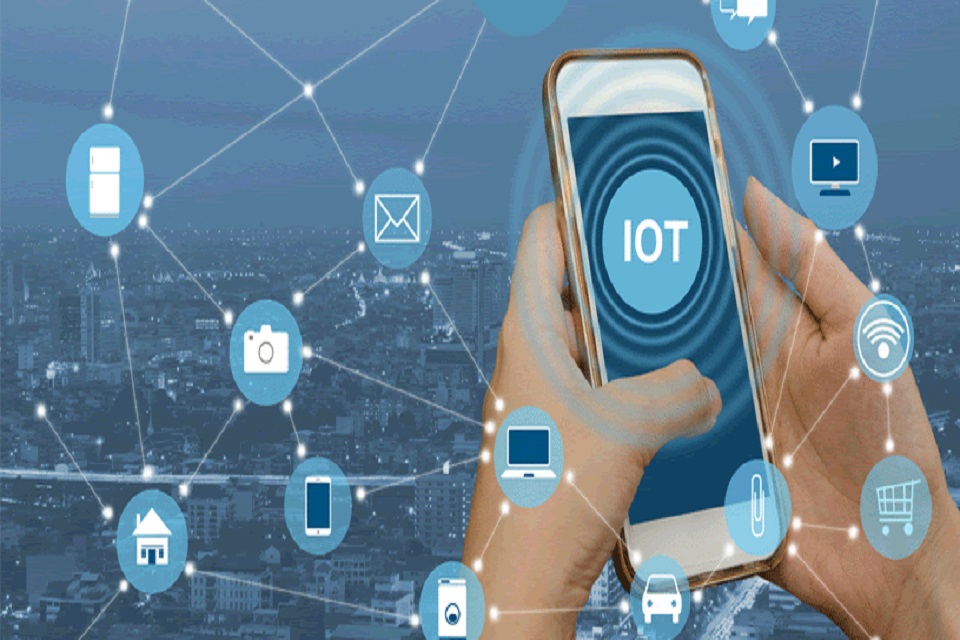The secret to establishing a competitive edge in the manufacturing sector is asset management. And the Internet of Things (IoT) makes it simple to improve your asset management skills.
You can better monitor your remote assets using IoT and connected devices. Thanks to the adoption of IoT, asset tracking has become a thing of the past century. With connected assets, several sectors are replacing their outdated systems. Even though the initial cost of adoption may be high, it has significant long-term benefits.
We'll be concentrating on IoT use cases and connected assets in asset management systems in our blog today. Follow along as we explore all the IoT in industrial applications possibilities.
What is the IoT Implementation Engine?
The use of IoT has been increasing for a while. By 2025, there will be 37 billion industrial IoT connections, predicts research from Juniper Research. What is the cause of this rapid adoption? Explore now.
Asset management systems built on the Internet of Things are excellent at monitoring an asset's performance. It provides crucial equipment insights based on ongoing data collection. Big data can be used to maintain assets, improve performance, and reduce operating costs.
The initial cost decreases as more businesses use IoT-based technology. In turn, this increases IIoT's accessibility for small-scale industries.
Five Ways Companies are Profiting from IoT & Connected Assets
IoT encompasses much more than just connected systems in the industrial industry. They raise the bar for asset management in every way. How? Let's see:
#1 Enhanced Productivity and Efficiency
Businesses can operate effectively and increase productivity with IoT. IoT employs the operational data it collects in real-time to operate the business effectively.
For instance, data gathered from logistical networks, supply chains, and sales will lead to a lower inventory and shorter product shelf life. IoT also maintains equipment connected by operating continuously with no human involvement.
Read more about the revolutionary effects of IIoT-based monitoring platforms for oil refineries.
#2 Cutting Operational Expenses
Lowering operational expenses requires better asset use. Predictive analytics helps IoT keep operational expenses low. Additionally, it reduces the need for human intervention, saving businesses money. People are just required for making decisions.
The likelihood of output failure rises as instruments age. However, IoT-based equipment monitoring systems may also keep an eye on the equipment's health in addition to identifying potential breakdowns. Consequently, the maintenance costs will be lower and the lifespan will be extended.
#3 Big Data, Big Chance
Data is the new oil, as the saying goes. Big data has enormous prospects for profit. IoT constantly gathers data. It never quits acquiring information. Additionally, business analysis is made simpler by all of this data.
Connected sensors in assembly lines and industrial facilities provide us with all the information we require to understand the processes. We can take action based on the data acquired by IoT and asset management systems to better manage the business and its assets, from shipment locations to consumer demand.
#4 Energy Management That Is Efficient for a Greener Future
By increasing electrical efficiency, businesses can consume less energy. IoT can identify unnecessary electricity use and alert operators to it with the help of continuous data feeds from linked devices. As a result, it helps create a greener future while also cutting down on energy costs.
In the oil and gas industry, energy-saving through IoT applications is essential. Any spillage is promptly reported thanks to IoT, which speeds up repairs and reduces energy resource loss. Oil and gas company operations have undergone a seismic upheaval as a result of IoT.
#5 Improved Office Security
Any business can benefit from having employees. Consequently, making sure they are safe and secure is a step in the procedure. IoT-based equipment can assist increase workplace safety in general. There are certain impending safety hazards that can be avoided with sensors and risk detectors.
In high-risk areas like mines, building sites, and heavy industries, these items are very helpful. Employees can be monitored remotely and immediately informed of an unpleasant event. IoT-enabled fire detectors, for instance, automatically alert the closest fire brigade unit in the event of a fire in addition to sounding the fire alarm.

Comments
Post a Comment